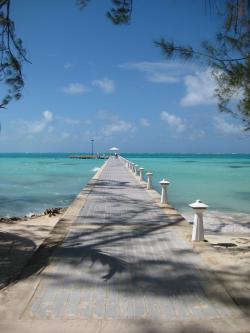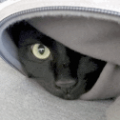jks
About
- Username
- jks
- Joined
- Visits
- 36,235
- Last Active
- Roles
- Member, Administrator, Moderator
- Points
- 639
Reactions
-
Hide "in-band-canvas" [partial fix in v1.436]
Beginning with v1.436 the band identifiers will not be displayed if their frequency is less than the frequency scale offset. But the remaining empty white space is not reclaimed because right now that is difficult to do (for historical reasons). It will have to wait for a major rewrite of that part of the code.
-
v1.352: new time station extension (timecode decoder)
-
Feature Request
-
External GNSS-disciplined rubidium input?
I'm not an expert, but I think the short answer is no.
Forgetting about GPS time-stamping of the IQ samples for the moment, one thing the GPS does is correct for any error in the ADC clock. Improving the characteristics of that clock doesn't really matter. Maybe a clock with an improvement in the short term Allan variance (frequency stability) would be of some use. I don't know. Glenn will have something to say about this since he's done exactly what you're proposing (attaching an external Rb frequency standard).
The Kiwi has no provision for attachment of an external 1 PPS input from a GPS receiver that is specifically designed to be a timing receiver (such a distinction exists). That said, the performance of the positioning (hence timing) of the current code, thanks to Christoph's work, is pretty good. The best way to maximize GPS performance is by using a GPS active timing antenna mounted outside in the clear using good low-loss feed line.
There are many other factors that influence the accuracy and resolution of the TDoA solutions. See Christoph's 2019 SDRA talk for full details: https://www.youtube.com/watch?v=LpFoM_lBgxg
The other important point to realize is that Kiwi TDoA is not a "push button" application. It takes an amount of skill, repetition and luck to get good results, especially at HF. Professional SIGINT personnel go through considerable training to be able to manage the tools they have and interpret the results.
-
GPS receives lots of satellites, but doesn't get fixes





